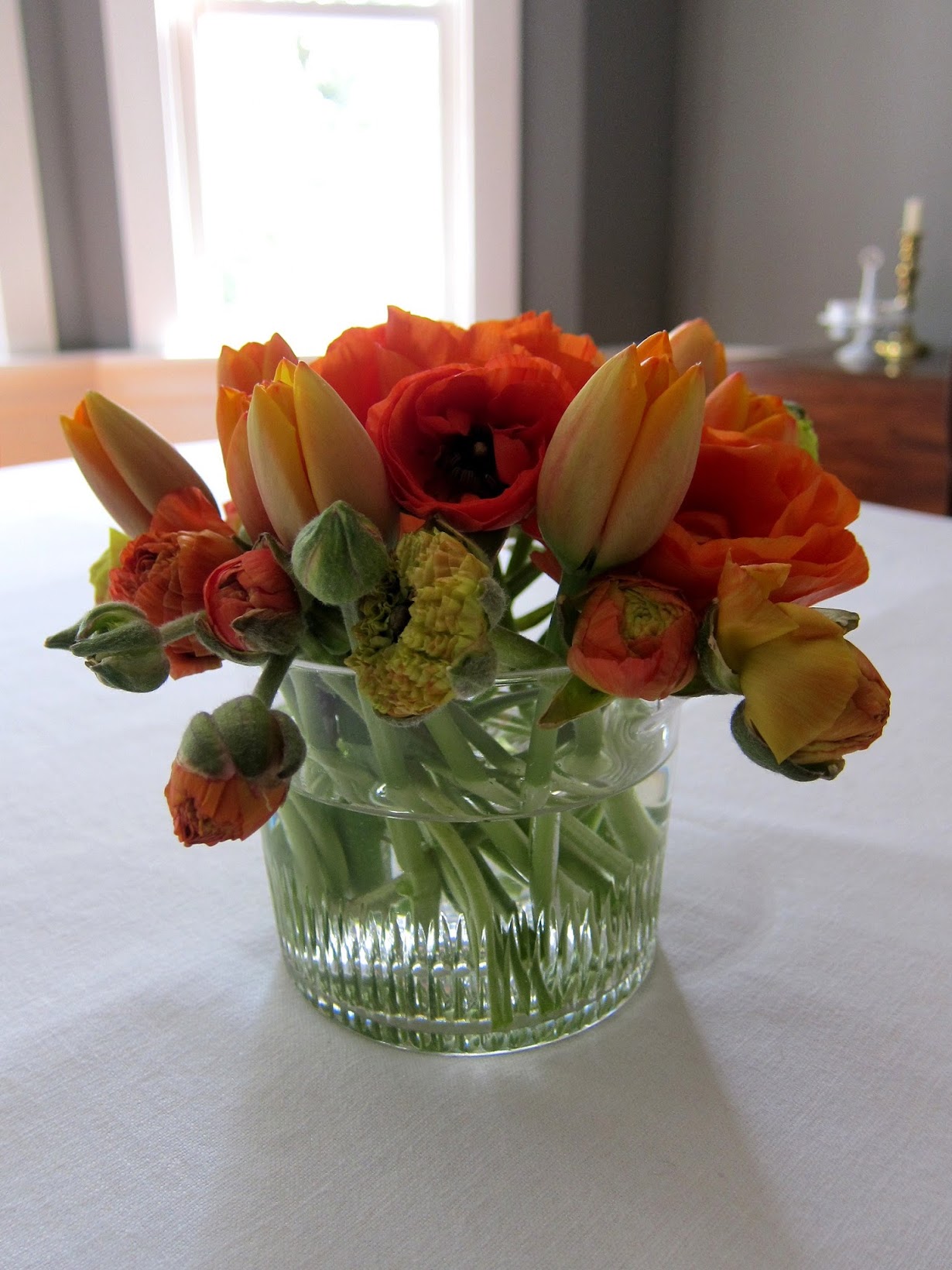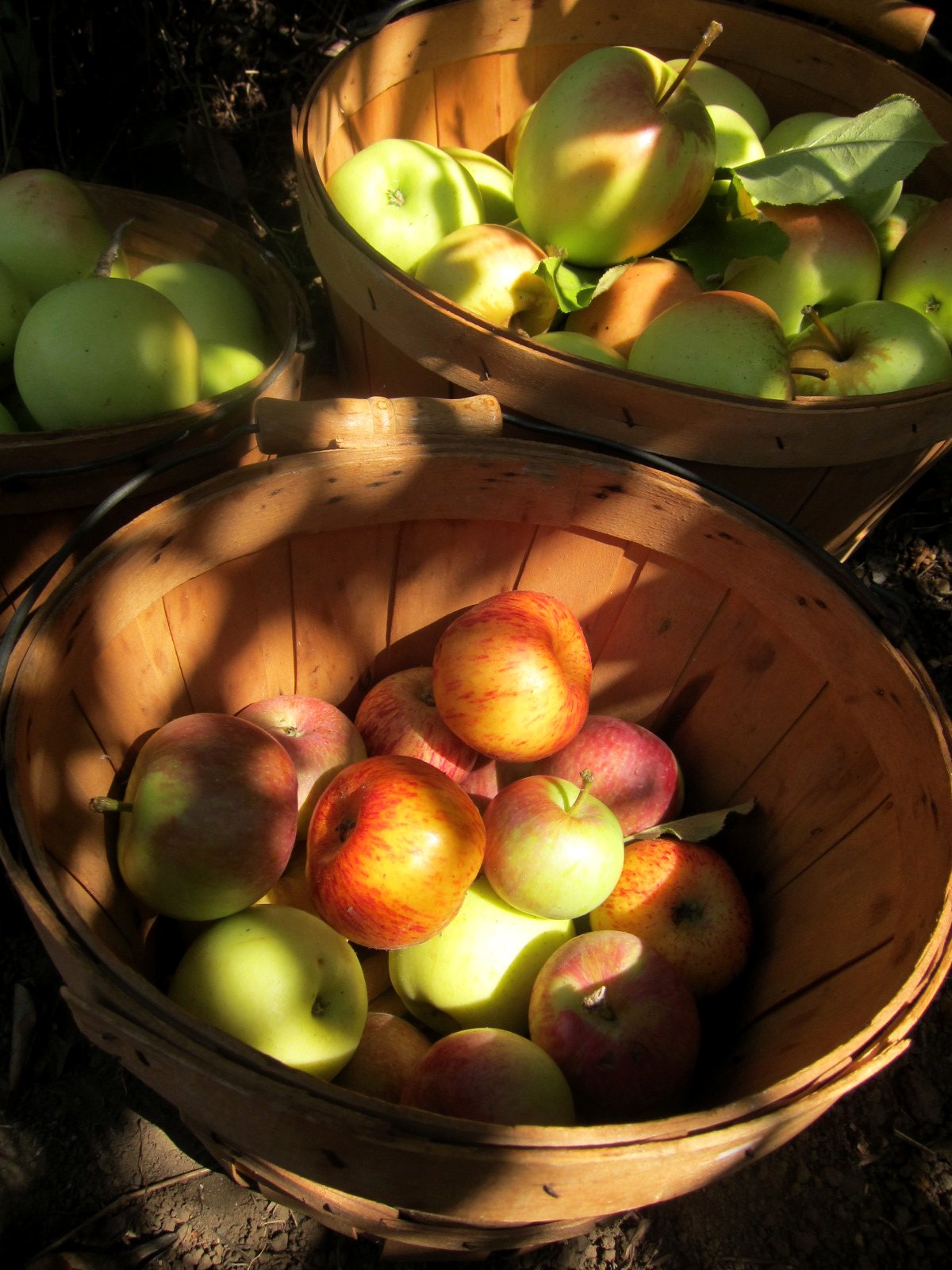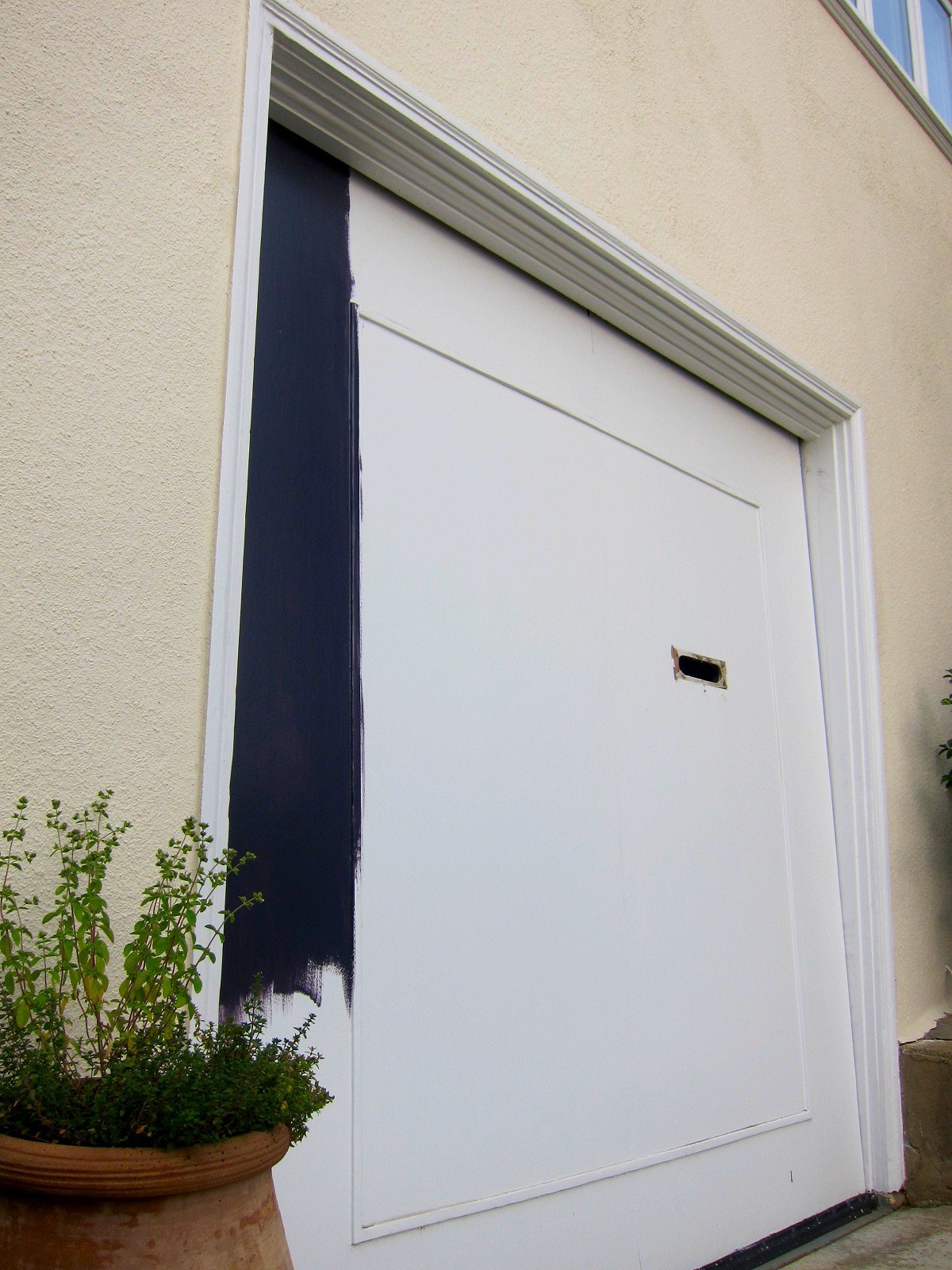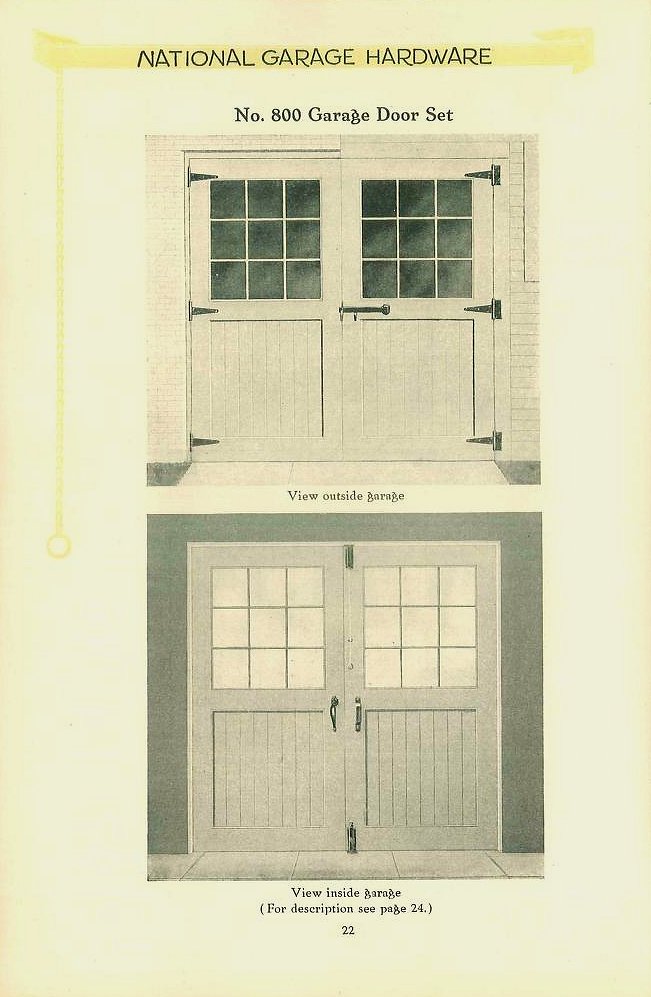The grand spectacle of the formal dinner party has, sadly, waned over the years. As a result, many of the items that were once commonplace at the finest of tables during the late 18th and early 19th centuries are now considered arcane oddities. Take, for example, the wine rinser.
Wine rinsers, or wine coolers as they were sometimes called, would be used to rinse one's wine glass between the various wine courses of an elaborate dinner. The rinsers would be conveniently placed within easy reach of every diner, and partially filled with the coldest water available to facilitate in the task of rinsing or cooling one's glass. The wine glass would be inverted into the water so that the stem could easily rest upon either of the two lips flanking the rim, as demonstrated in the photograph above. The diner would then gently swirl the foot of the wine glass to rinse it. If the glass was to be cooled in preparation for the next wine, it would remain in the water until it was time to imbibe.
Often these vessels, particularly during the English Regency period, would be decorated with a fluted comb cut design, adding to the reflective qualities of the glass. Can you imagine the arresting sight of a dining room illuminated by candlelight with all that dazzling glass sparkling and twinkling on the table? In the days before the conveniences that electricity affords today, the reflective quality of items such as drinking glasses or even looking glasses and their gilded frames, was an important aspect to consider in the landscape of the dining room.
The two English Regency era wine rinsers shown in the above photograph are part of a set of four that I purchased many years ago in London from a gentleman glass dealer named Tony, and from whom I have since purchased other items. The rinsers were mouth blown and their pontils smoothly ground so as not to mar the surface of a dining table or snag on the host's tablecloth.
I recall Tony telling me that the rinsers were a popular item with the floral designer of the now-defunct Takashimaya department store in New York city. He would regularly ship them to the store where they would be pressed into service as vases for Takashimaya's beguiling flower arrangements.
I must admit that although we do enjoy giving formal dinner parties at home, and setting our table with antique silver and china, we don't actually use the wine rinsers for their intended purpose. Instead, I use the rinsers much as Takashimaya's florist did and fill them with small, low arrangements to set upon our table and around the dining room.
Recently, I came across another rinser to add to my collection. I almost fainted when I spotted it sitting among the dross of a local thrift store for an unspeakably low price. I don't think anyone would have recognized what it was that was about to be wrapped up and taken home with me. I was chuffed to bits to say the least. I believe the rinser is of English origin and is slightly younger in age than the Regency examples in my collection. The polished pontil is again in evidence, as is the slightly grey tone of the glass. The simple slice cut design would lead me to believe that it dates to around 1830 and made during William IV's reign. Here it is:
Wine rinsers were not only made of clear glass but also of colored glass. These were of course much more costly to produce and therefore rarer to find today. President George Washington and his wife Martha utilized a set of cobalt blue wine rinsers in their green dining room to good effect at Mount Vernon. Below is a photograph surreptitiously snapped during my visit a few years ago showing the rinsers in situ. I have also seen rinsers in amethyst, green, and even a deep ruby color.
Perhaps if I amass a few more of these beautiful glass vessels, I could use them for dessert and scoop ice cream into them, or perhaps even a cold fruit soup.
Do you own and use any arcane dining oddities, and what would you do with these pretty glass wine rinsers?
A pair of English Regency glass wine rinsers demonstrating how they would have been used to rinse one's wine glass between courses
Photo: Chronica Domus
Wine rinsers, or wine coolers as they were sometimes called, would be used to rinse one's wine glass between the various wine courses of an elaborate dinner. The rinsers would be conveniently placed within easy reach of every diner, and partially filled with the coldest water available to facilitate in the task of rinsing or cooling one's glass. The wine glass would be inverted into the water so that the stem could easily rest upon either of the two lips flanking the rim, as demonstrated in the photograph above. The diner would then gently swirl the foot of the wine glass to rinse it. If the glass was to be cooled in preparation for the next wine, it would remain in the water until it was time to imbibe.
Often these vessels, particularly during the English Regency period, would be decorated with a fluted comb cut design, adding to the reflective qualities of the glass. Can you imagine the arresting sight of a dining room illuminated by candlelight with all that dazzling glass sparkling and twinkling on the table? In the days before the conveniences that electricity affords today, the reflective quality of items such as drinking glasses or even looking glasses and their gilded frames, was an important aspect to consider in the landscape of the dining room.
The two English Regency era wine rinsers shown in the above photograph are part of a set of four that I purchased many years ago in London from a gentleman glass dealer named Tony, and from whom I have since purchased other items. The rinsers were mouth blown and their pontils smoothly ground so as not to mar the surface of a dining table or snag on the host's tablecloth.
I recall Tony telling me that the rinsers were a popular item with the floral designer of the now-defunct Takashimaya department store in New York city. He would regularly ship them to the store where they would be pressed into service as vases for Takashimaya's beguiling flower arrangements.
I must admit that although we do enjoy giving formal dinner parties at home, and setting our table with antique silver and china, we don't actually use the wine rinsers for their intended purpose. Instead, I use the rinsers much as Takashimaya's florist did and fill them with small, low arrangements to set upon our table and around the dining room.
Flowers arranged, a-la-Takashimaya, using a Regency glass wine rinser as a vase, one of four that I made for a dinner party held earlier in the year
Photo: Chronica Domus
Recently, I came across another rinser to add to my collection. I almost fainted when I spotted it sitting among the dross of a local thrift store for an unspeakably low price. I don't think anyone would have recognized what it was that was about to be wrapped up and taken home with me. I was chuffed to bits to say the least. I believe the rinser is of English origin and is slightly younger in age than the Regency examples in my collection. The polished pontil is again in evidence, as is the slightly grey tone of the glass. The simple slice cut design would lead me to believe that it dates to around 1830 and made during William IV's reign. Here it is:
My new old glass wine rinser that I would guess dates from around 1830
Photo: Chronica Domus
Wine rinsers were not only made of clear glass but also of colored glass. These were of course much more costly to produce and therefore rarer to find today. President George Washington and his wife Martha utilized a set of cobalt blue wine rinsers in their green dining room to good effect at Mount Vernon. Below is a photograph surreptitiously snapped during my visit a few years ago showing the rinsers in situ. I have also seen rinsers in amethyst, green, and even a deep ruby color.
Mount Vernon's principal dining room set for dinner with cobalt glass wine rinsers
Photo: Chronica Domus
Perhaps if I amass a few more of these beautiful glass vessels, I could use them for dessert and scoop ice cream into them, or perhaps even a cold fruit soup.
Do you own and use any arcane dining oddities, and what would you do with these pretty glass wine rinsers?


























